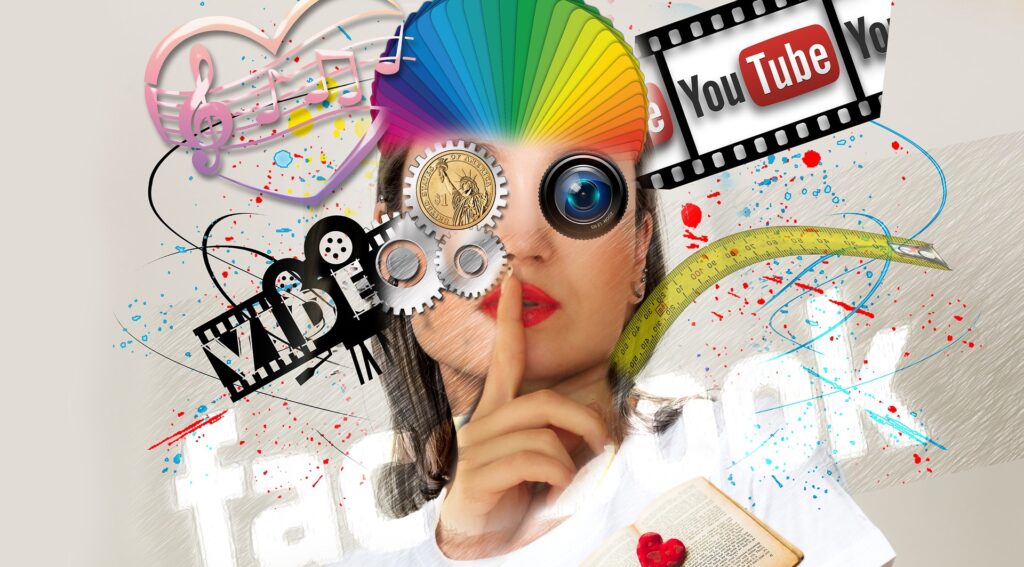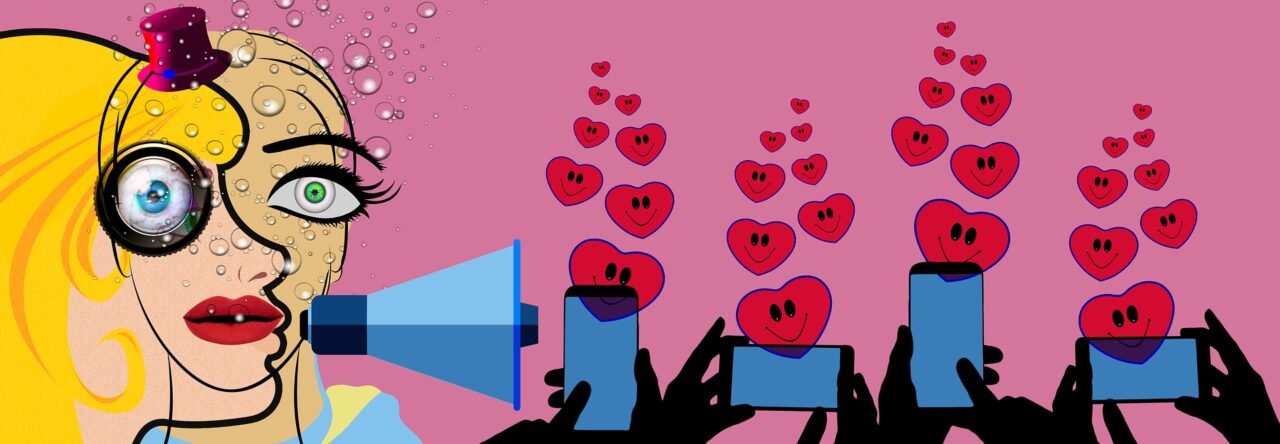The purpose of my research was to study whether or not the public’s perception of YouTube influencers changes after having been canceled for a scandal and having to post an apology video. The sampling frame that I looked at was YouTube videos before, during, and after these cancel culture apology scandals. I conducted non-probability purposive sampling to select five specific influencers that I knew had videos pre, post, and during their scandal. Along with that, they had at least four million subscribers each on their YouTube channels. Non-probability purposive sampling was necessary because I chose the influencers I used, as well as the comments that were in the top 25. Probability sampling was used to collect the number of likes and dislikes on each video. The methods used were basic content analysis, counting the number of positive and negative comments that were seen in all twenty-five YouTube videos watched. These twenty-five comments were selected because they were the top comments on the video, whether that was because they had the most likes, dislikes, or responding comments. The methods for interpretive content analysis were looking at the types of comments posted, recurring themes among fans and influencers, and new themes that arose after the scandal. I looked specifically for negativity, hate, rejection, and forgiveness, coding for specific words and phrases that aligned with these themes. The results clearly showed that there is a link between public perception of influencers and apology videos. When influencers are perceived as truly holding themselves accountable for their actions respectively, there is stronger support following the apology video. For influencers whose apology videos reflect an attitude of not caring or lack meaningfulness this changes and the public perceptions continue to be more negative.

The research question presented in the introduction was, “What is the effect of apology statements on public perception of Youtube influencers before and after the scandal?” Based on this research, apology statements play a large role in the public’s perception of YouTube influencers before and after scandals. Influencers that came off as insincere received numerous amounts of negative, detrimental comments from the public expressing their dislike for the influencers. As seen in “Reputation and Racism Remorse” in the literature review, Sandlin and Gracyalny (2018), discussed that so many comments on videos are constantly negative when influencers are fake in their apology. Apologies play such an important role in being able to repair a reputation that has been damaged (Sandlin and Gracyalny 2018).When influencers came off as sincere and serious, the public perceived them as taking responsibility and holding themselves accountable, therefore sharing their forgiveness and continued support for the influencer. There were different routes that the influencers took during their scandals to apologize, whether that was apologizing because they had to, apologizing because they truly mean it, showing that they are taking action and changing, or just moving on completely after the video as if nothing happened previously. These all play a role in the way that the public perceives these influencers before and after the apology statements (Kadar, Ning, and Ran 2018). When they are done correctly, it shows that the individual is taking responsibility for one’s wrongs.
After concluding this research, it tells us so much about cancel culture and authenticity in apologies. What counts as serious and meaningful is someone who sits down and just speaks their mind, understanding that they know their wrongs, and want to continue to grow and learn from them. What is not so serious and meaningful is when someone is sitting there to apologize only because they have to. This is evident through their actions in their pre-and post-scandal videos, as well as their attitudes, whether physically or verbally, during their apology. Along with that, it is someone who claims they will continue to grow and become a better person and does not do that. When someone apologizes and shows that they are continuing to grow and change to become a better person, they often come back from the scandal sooner than those who are not. Many believe that cancel culture has its benefits, allowing people to speak freely, and express themselves when someone makes a mistake. Cancel culture shares a lot about social media. It can become a dark space, and people are not always going to agree with you. It is important to know before you get on these pages that you may be exposed to negative comments and hatred towards influencers, as well as these scandals that arise. It can be detrimental to the individual being canceled, and although it is usually only seen among public figures, it can happen to anyone.
To hold others accountable in the form of cancel culture poses questions for future research on whether this culture is the right way to hold people accountable. In the future, researchers should spend more time analyzing the usual mannerisms leading up to before and after the apology statement. This study was limited to five videos, two videos before the apology, one being the apology, and two after the apology. When looking at more, it may allow researchers to better understand how these influencers act like they are online, and how that differs when they find themselves in a scandal and apologize to their platform. This includes focusing more on what the influencer is trying to say and how they come off, and how that reflects them as a whole, rather than just in the sample size that was looked at in this study. Along with that, the study posed limitations for interpreting what the comments meant, whether I thought they were positive, negative, or dismissive. It was my decision which comment fit in where, which could lead to other results if the interpretations were taken differently. In future research, these interpretations can be looked at among all of the comments to see direct themes between them, as well as the different ways that a researcher may perceive them. Many comments seen on these videos were dismissive and were neither positive nor negative toward the influencer which limited the study to those within that frame that could be measured.
